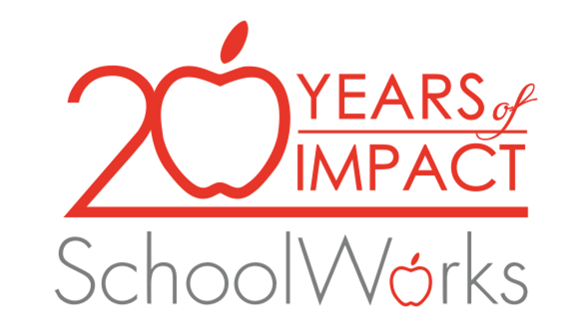SchoolWorks Contributor: Kate Wheeler
More Show, Less Tell
Recently, SchoolWorks Director of Project Management, Kate Wheeler, following a school quality review, led an action-planning session for a team of school leaders. When the SchoolWorks team shared the findings obtained by observing classrooms, the school leaders nodded in agreement. The data corroborated their own evaluations and perceptions about the strengths and weaknesses of instruction – they already suspected what teachers did well, and what teachers did not do well.
According to Kate, this is not a highly unusual circumstance. In her experience, the findings of classroom observations frequently validate with evidence what school leaders already assume about instructional quality. But this circumstance begs the question: If school leaders are aware of their staffs’ instructional weaknesses, why do these weaknesses persist?
Poorly communicated performance measures may be the culprit. Kate notes that although school leaders often agree with classroom observation findings, teachers, on the other hand, are almost always surprised by them. Why? Because teachers are not necessarily aware of what is being measured.
Consider this example. An observer enters the classroom for a period of 20 minutes and evaluates the teacher’s use of instructional best practices. One of the areas evaluated by the observer is assessment – strategies used by the teacher to measure student understanding of content and progress toward the learning objective. A teacher may ask a lot of questions during a lesson,  and still not meet the criteria for exhibiting effective assessment strategies. Perhaps questions are asked, and then answered by the teacher, not the students. Perhaps the questions are related to tasks and not to the learning objective of the lesson. Or perhaps one or two students are consistently answering the questions, and the rest of the class appears disengaged. Without fully understanding what the indicator measures[1], the teacher believes that he is implementing assessment strategies effectively. If he does not receive formative feedback, he continues, unknowingly, to use ineffective practices.
and still not meet the criteria for exhibiting effective assessment strategies. Perhaps questions are asked, and then answered by the teacher, not the students. Perhaps the questions are related to tasks and not to the learning objective of the lesson. Or perhaps one or two students are consistently answering the questions, and the rest of the class appears disengaged. Without fully understanding what the indicator measures[1], the teacher believes that he is implementing assessment strategies effectively. If he does not receive formative feedback, he continues, unknowingly, to use ineffective practices.
This is why communication surrounding classroom observation is so fundamental. To gain valuable insight from the process, teachers need to know: 1) what exactly is being assessed (evaluation indicators and criteria); and 2) what highly-effective instruction actually looks like (benchmarks of optimum performance). Here are a few key strategies to consider:
- Be transparent. If your school or district utilizes a rubric for conducting classroom observations, share the tool and ratings guidance with teachers. Use professional development sessions as an opportunity to discuss indicators, facilitate conversations about how to administer effective practices and, most importantly, demonstrate what these indicators look like in practice.

- Build bigger wheelhouses. An educator may use every practice in her wheelhouse to impact student outcomes, but her wheelhouse is only as extensive as her knowledge, training, and experience. To combat this, show teachers what highly effective practices look like in action. Use exemplar videos that feature a school environment that resembles your own or have school leaders and/or exemplar teachers model the practice.
- Share what you learn. Share observation data and feedback with teachers, both on an individual basis and on a collective basis. Ongoing dialogue about what is working and what is not working is the only way to build a common understanding of effective instruction across the school.
A transparent and well-communicated process, along with exposure to the effective administration of best-practices, can close the gap between knowing what is wrong with instruction, and improving it.
For information about a school district that is successfully using classroom observation as a method of elevating instructional quality, check out Chelsea Public Schools accelerated improvement plan for strengthening Tier 1 instruction. SchoolWorks has partnered with Chelsea to support the implementation of this plan since 2016, using the SchoolWorks MORE System.
[1] The SchoolWorks Classroom Visit Tool measures effective assessment as meeting all the following criteria:
- The teacher uses formative assessment strategies – an exit ticket, individual white boards, thumb tool or other hand signal, clickers, questioning, or purposeful circulation – to check the understanding of all students.
- Assessments are focused on lesson content — not directions or class procedures.
- Assessments enable the teacher to accurately measure student understanding of key content and/or progress toward the learning objective.

